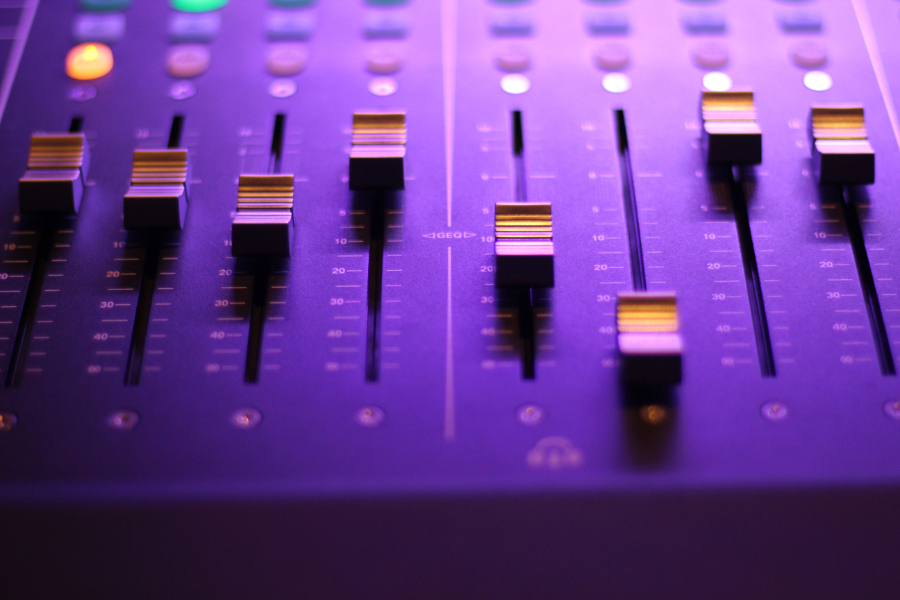Audiobooks are becoming a popular format in publishing for many reasons: they allow people of all reading levels to passively enjoy their books, sometimes while multitasking. Most of all, audiobooks are often seen both by publishing houses and readers as a blanket solution to accessibility issues in book readership. Certainly, this is true for a lot of conditions; audiobooks can overcome blindness, dyslexia, and various mobility and visual impairments. However, mediums involving oracular involvement come with their own set of conditions that can make enjoying the content a challenge. For every blind person that is well-served by an audiobook, there is a misophonic listener that is underserved by underutilized proofreading practices.
If this is your first time reading about misophonia, its name should help imply its meaning: an aversion to certain sounds, to the extent that those afflicted have negative reactions and limited ability to function when exposed to those particular sounds. Misophonia is a condition that affects
only about 15 percent of the population, yet understanding the condition and avoiding its triggers has benefits that extend far beyond that narrow demographic. It’s a classic instance of the curb-cut effect: when concerns of accessibility are met, others ultimately benefit from it. Many triggers for misophonia—such as microphone pops, chewing, or whistling when breathing in—aren’t necessarily painful for people without the condition, but certainly detract from the experience of listening to an audiobook for anyone.
But saying that looking out for misophonic readers is a beneficial thing is not the same as saying it is easy. There isn’t exactly a style guide for audiobook proofreading in general, let alone one for catching misophonia triggers. Were such a guide to be created, it would need to factor in the variations in triggers. For some with the condition, pitch is the major factor of concern, for others it is tonality, and others still cannot stand droning noises of any pitch or tonality. In addition, the onus of creating misophonia-friendly audiobooks does not begin and end with proofreaders. Audiobook narrators must be made aware of avoiding volume modulation or unnecessary mouth sounds (not breathing into the mouth or clearing one’s voice, to name a few examples), and audiobook editors will have to be careful to edit around such noises. Some publishers will certainly consider such additional work burdensome, and will elect to not raise these concerns.
And yet, other publishers will consider it worth the effort, and will be richly rewarded for it in an overall increase in audio quality. If proofreaders are going to seek out misspoken words, they might as well seek out distracting or potentially distressing sounds that add nothing to the story being read. Some editors will jump at the challenge of creating such tight audio mixing to avoid microphone pops or other minor background noises, and if only one takes the liberty of creating a style guide for such editing, the entire industry could benefit from it. If audiobooks are going to continue to hold a reputation as an accessible medium, it is not enough that they passively address disabilities by the nature of their format; a more active role must be taken by publishers to ensure a product that everyone can enjoy.

